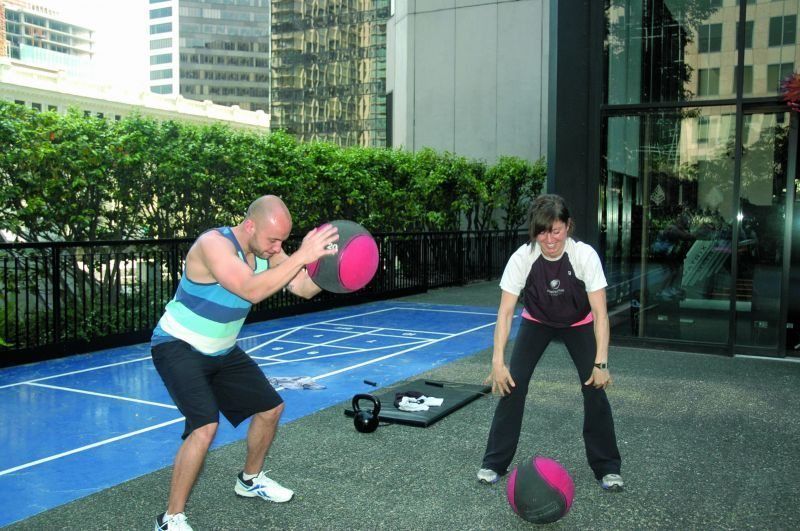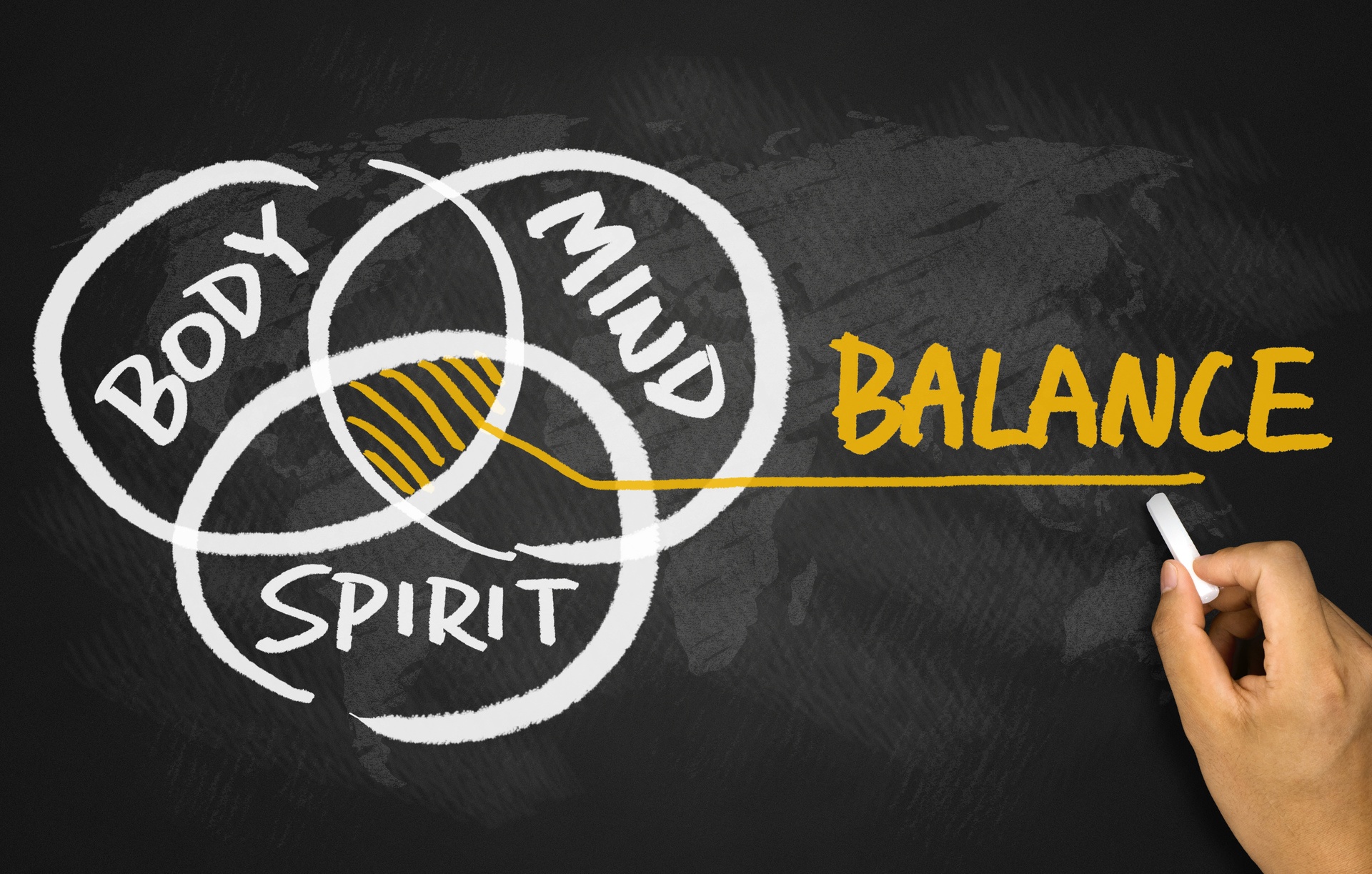As fitness and high performance training begins to take the golf industry by storm, a common concern amongst golfers both male and female is putting on too much muscle mass and bulking up as a result of exercising. While there’s no denying that performance training for the game of golf and the science surrounding the development of your “golf body” has proven to be beneficial, is it entirely possible to enhance your physical performance without the repercussions of building performance-diminishing amounts of muscle mass.
In this day and age golfers, both touring professionals and amateurs alike, are revolutionizing the industry by way of developing a “golfers are athletes” culture. Three very prominent figures in golf that are widely regarded as trend setters and advocates of fitness-related performance benefits are Tiger Woods, and most recently, Rory McIlroy and Adam Scott. On the LPGA tour, Michelle Wie and Lexi Thompson are two exceptionally athletic women who also embody these values. All five professional golfers are athletes who exercise for the sole purpose of enhancing their resilience to injury, and overall golf performance.
There is no arguing that the golf swing is a highly demanding, physically stressful, complex athletic maneuver. Some even argue that it may stand alone as the most athletically complex move in professional sports. There are multiple moving parts requiring various feats of athleticism that all can be improved through performance training. An athlete’s acceleration, deceleration, strength, balance, mobility, power, agility, speed and stability are all challenged when he or she swings a golf club. These can and need to be improved to increase overall performance and to reduce the incidence of injury caused by the repetitive nature of the golf swing.
Despite the evidence, many golfers still feel that exercising will yield more adverse effects than positive results. Truth be told, these claims could hold a certain level of legitimacy. You could claim that performance training puts the player’s body at risk for developing an injury or ailment; however, such is the case when dealing with anything in excessive amounts. While these are completely legitimate concerns, the probability of injury and decline in on course performance can absolutely be avoided with the correct exercise prescription and training periodization.
If performance training is something that interests you, but you’re hesitant or unsure where to start or what to do, follow these three tips to increase your athletic performance, avoid adverse muscle mass gains and reduce your risk of injury during your season.
Avoid isolation.
Exercises requiring the use of machines, benches and guides are designed to stabilize you in order to focus on individual muscle groups. When the focus shifts from training multi-planar movement patterns to training individual muscles, muscle size will rapidly increase. To avoid performance diminishing amounts of muscle growth, perform exercises that require the use of your entire body, especially movements that involve you pushing into the floor to create ground reaction forces. The bottom line is the more you move the better you will begin to feel and play.
Save your swing for the course and the range.
The golf swing is an extremely fast movement that summons the nervous system to move the necessary segments of our body as fast as possible. One of the biggest mistakes golfers routinely make when attempting to increase power and club head speed is adding resistance to their move in the gym. Common examples include affixing a handle to a weighted cable machine and performing a series of movements that resemble a golf swing. Unfortunately, though the intentions are good, the results actually hinder progress. In many cases, attempting to replicate the golf swing with heavy resistance will train the nervous system and consequently the body, to move slower in order to handle the increased load. This will decrease your club head speed and increase your risk for injury.
Get an assessment.
The most important thing you can do for your golf performance and overall health is to get an assessment. You don’t know what you don’t know! In order to improve upon your weaknesses, you need to identify what you’re already efficient at and what lacks efficiency. Once assessed, you and your coach can put a personalized plan together with the correct level of intensity and progression, ensuring maximum improvement and minimal risk.
Nick Mueller
Director of Golf Performance
Innovative Fitness – White Rock
P: 604.536.1355
C: 778.868.2827
E:
www.innovativefitness.com
Like IF – www.Facebook.com/InnovativeFitnessWhiteRock
Follow IF – @IFDifference
Watch IF – www.YouTube.com/InnovativeFitness1






